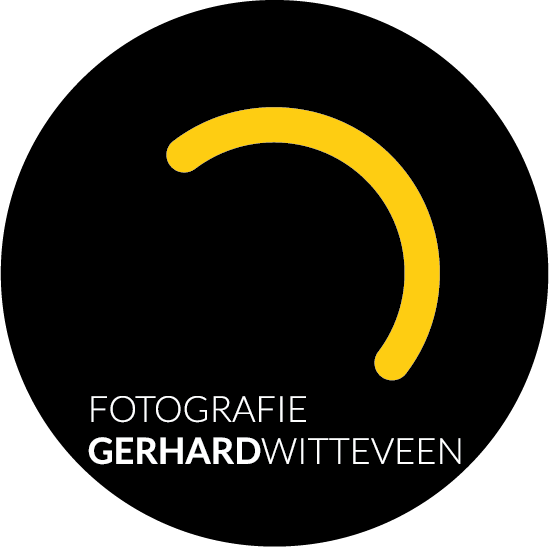Bokeh-stitch: wide angle with a long lens
You maybe have never heard of Bokeh stitch. It is a well-known photography technique that is recently often called the Brenizer effect. This mister Brenizer is certainly not the inventor of the effect. He just used this technique “on the go”, for instance on wedding shoots. When using a view camera the technique is a very useful tool.
In itself the bokeh-stitching is nothing different from stitching a couple of images together to create a panorama. You create a single image with a wider field of view, by combining multple images into one bigger image. The interesting thing however is; you do get a wider image, but the visual properties of the used lens stay the same. A telephoto lens still is a telephoto lens. But after stitching you have a wide angle view, still looking like a telephoto image. So you can get an image with a wide field of view, and also with shallow depth of field. Wideangle with a twist, with Bokeh!
The Gear | Bokeh stitch
The example in this post was shot with a Fujifilm GFX 50s equipped with a Cambo Actus GFX. The lens used was an old Rodenstock  Rodagon 1:5,6 150 mm enlarger lens, mounted in a Cambo Actus lensholder. This is actually a lens that I had laying around for years. Since I decommissioned my darkroom in the early 2000’s the lens was still tucked away in a box, along with some other darkroom items. Since the mount was different from the regularly available mounts, I had a lens board machined to the needed specs by Cambo. After mounting the lens I did some testshots, and the quality of this lens was actually pretty good! Especially given the fact that it felt like a lens I got for free.
Rodagon 1:5,6 150 mm enlarger lens, mounted in a Cambo Actus lensholder. This is actually a lens that I had laying around for years. Since I decommissioned my darkroom in the early 2000’s the lens was still tucked away in a box, along with some other darkroom items. Since the mount was different from the regularly available mounts, I had a lens board machined to the needed specs by Cambo. After mounting the lens I did some testshots, and the quality of this lens was actually pretty good! Especially given the fact that it felt like a lens I got for free. 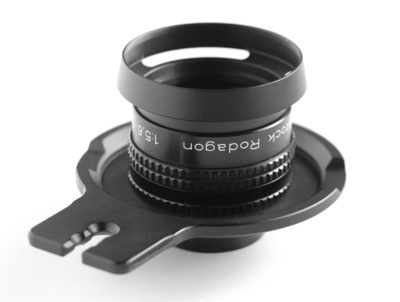 Since this is a lens that does not have the high quality multicoating that is used nowadays, it had some issues with flare. I ordered an all-metal screw-in lens hood online to help mitigate this issue. It got shipped from China to the Netherlands for under 10 (!) euros. A great buy. This simple lens hood reduces flare quite a lot. As an added bonus there is a 52 mm front filter thread in this lens hood. Since the original lens cap required removing the lens hood, I could use a regular 52mm lens cap. You know the type everyone has laying around. And I think the hood looks good also.
Since this is a lens that does not have the high quality multicoating that is used nowadays, it had some issues with flare. I ordered an all-metal screw-in lens hood online to help mitigate this issue. It got shipped from China to the Netherlands for under 10 (!) euros. A great buy. This simple lens hood reduces flare quite a lot. As an added bonus there is a 52 mm front filter thread in this lens hood. Since the original lens cap required removing the lens hood, I could use a regular 52mm lens cap. You know the type everyone has laying around. And I think the hood looks good also.
The shot | Bokeh stitch
The camera was, of course on a tripod. In this case the Sirui N3205X with the Sirui head as the “weapon of choice” for this shot. 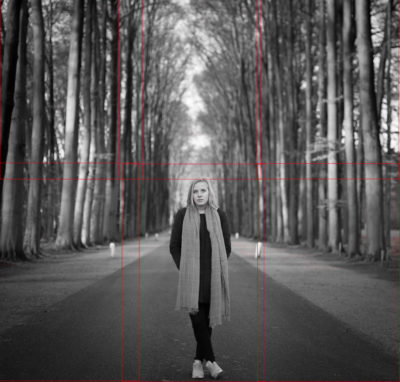 The Actus with the GFS were placed on the tripod, with the model almost filling the whole image.
The Actus with the GFS were placed on the tripod, with the model almost filling the whole image. 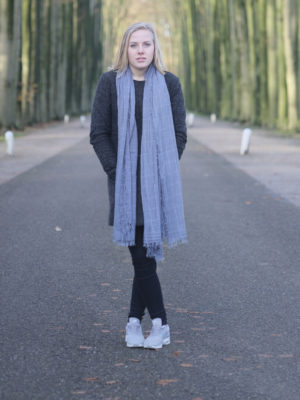 For the first image the horizontal shift was set to zero, or centered. In the vertical direction the rear stand was lowered. Since the plan was to stitch 6 portrait-oriented images, this was the first image te make. After some test shots, the pictures of the model was shot. When I was sure the ‘prizewinning’ shot was made, I asked the model to step out of the scene, and shifted the rear panel to the bottom left position, and shot that image. After that I shot the top left, top center, top right and bottom-right images. There was more room, I could have shot more images, probably almost 2,5×4 images. But since I wanted a square image, because of the symmetry, the 2×3 shots where enough for me
For the first image the horizontal shift was set to zero, or centered. In the vertical direction the rear stand was lowered. Since the plan was to stitch 6 portrait-oriented images, this was the first image te make. After some test shots, the pictures of the model was shot. When I was sure the ‘prizewinning’ shot was made, I asked the model to step out of the scene, and shifted the rear panel to the bottom left position, and shot that image. After that I shot the top left, top center, top right and bottom-right images. There was more room, I could have shot more images, probably almost 2,5×4 images. But since I wanted a square image, because of the symmetry, the 2×3 shots where enough for me
Stitching the images really is a breeze. Since the camera was not rotated at all, the images lined up perfectly. I had enough overlap in the pictures, and also more than enough details to line up the pics. The images where stitched and edited in Adobe LightRoom. The resulting, stitched image was some 16000×12000 px in size. So 192 megapixel. More than sufficient. Also contrast was added, and of course the image was converted to black and white, since the colours in early spring weren’t that interesting. The individual images are almost vignetting-free. However, I added a fair bit of vignetting to the resulting image, to guide the viewer’s eye to the models face, centered in the image.
The result
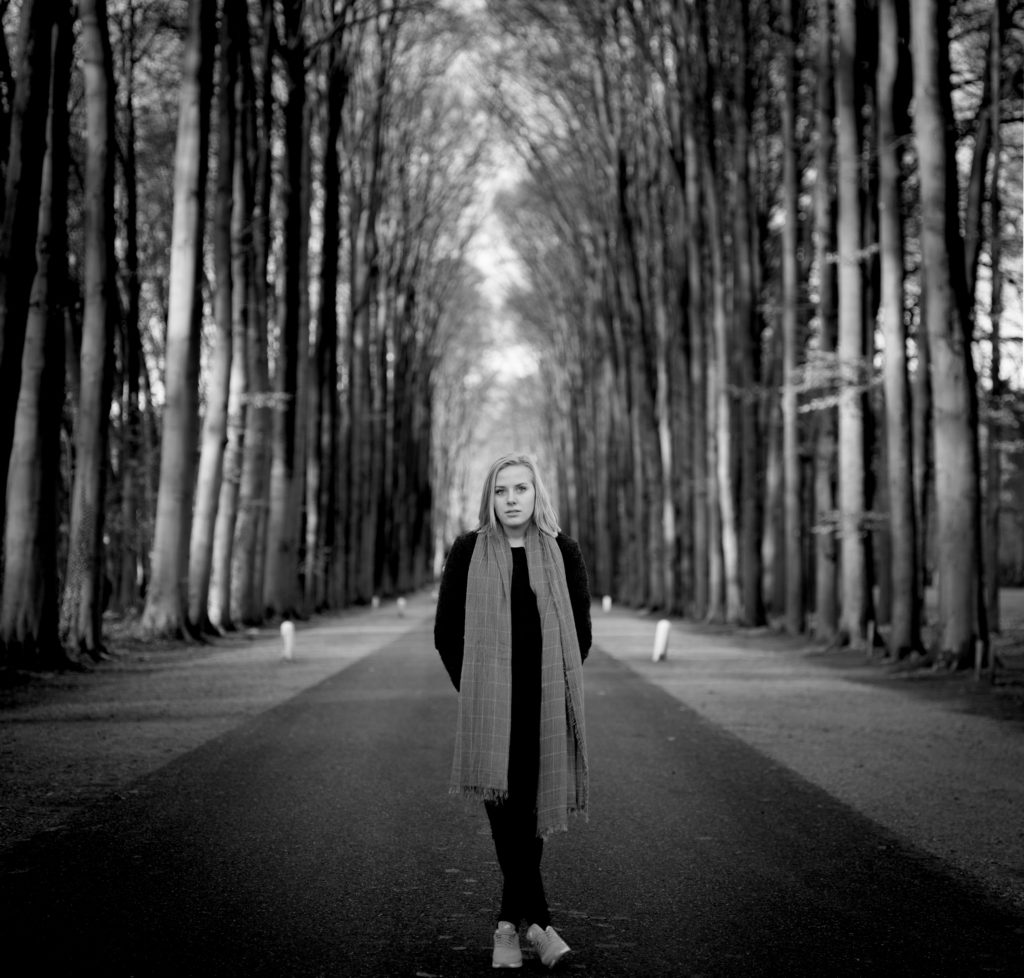
About the autor: Gerhard Witteveen is a commercial photographer for some 25 years now. A 200m2 studio, based in Apeldoorn, The Netherlands. No gear-head but loves great gear;-) To contact Gerhard: Contact details
